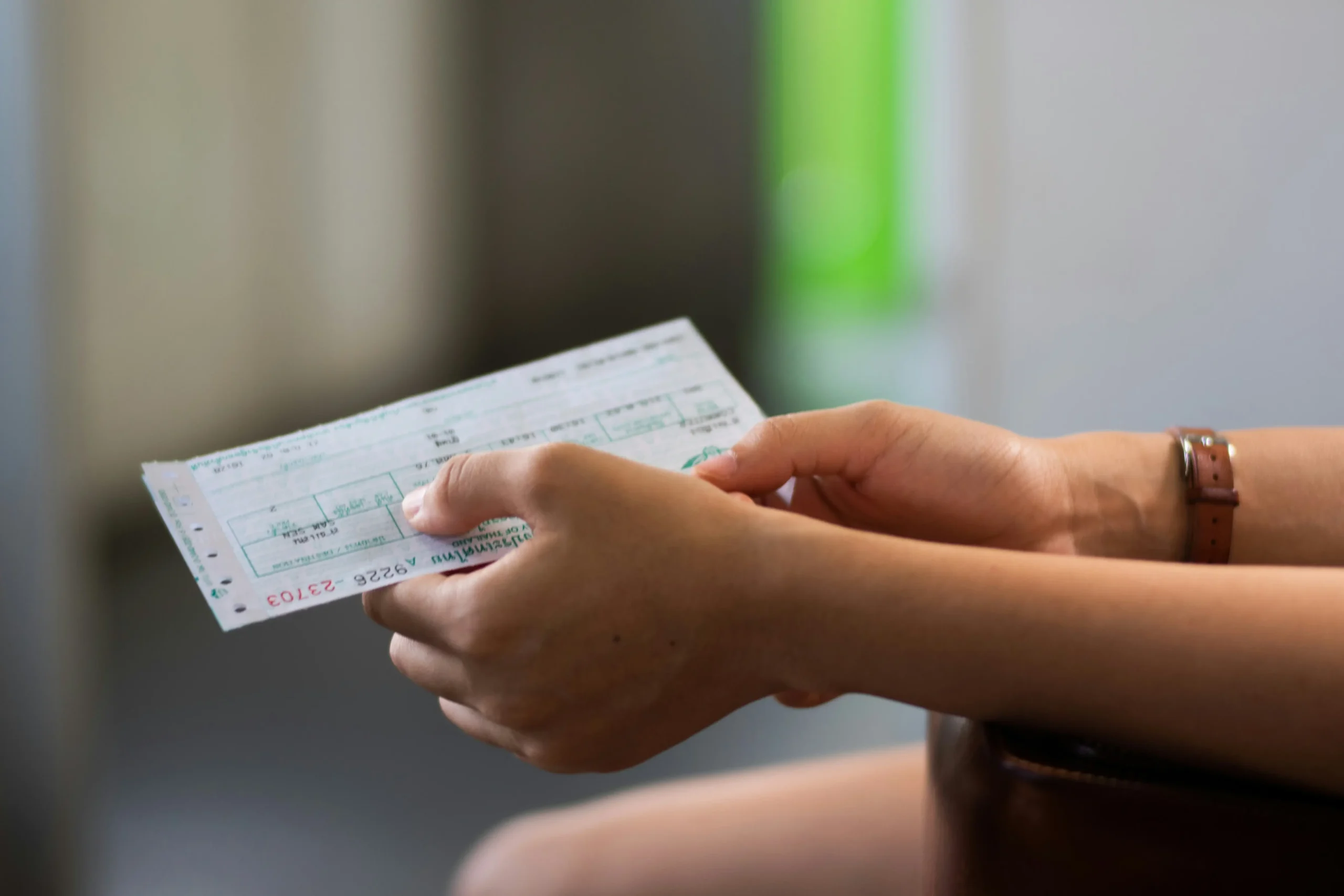Table of Contents
Filling out a cheque deposit slip correctly is essential for ensuring that your funds are directed to the right account without any hassle. Deposit slip is a notice you provide to your bank clearly indicating you of the details of the amount you are putting down. In this tutorial, I am going to take you through step-by-step so you are familiar with all the components of the slip.
How to Fill Out a Cheque Deposit Slip Step by Step
Navigating a deposit slip may appear difficult but if you know the processes it’s very simple and here are the steps to fill out a Cheque Deposit Slip.
Step 1: Write the Date
Start by jotting down the current date at the top of the slip. This important piece of information helps the bank track your transactions.
Step 2: Fill in Your Name
Next, you’ll want to write your full name. This identifies you as the account holder and ensures that the deposit is credited to the right person. Make sure it matches your name on the account to avoid any confusion.
Step 3: Enter Your Account Number
Your account number is crucial. It’s typically an 8 to 12 digit number that directs the funds to your specific bank account. Double-check this to prevent mistakes, as entering the wrong number could misroute your deposits.
Step 4: Choose the Deposit Account
If you have multiple accounts at the bank, you’ll need to specify which account is receiving the deposit. Many slips have a specific field for this, so make sure you select the right one to avoid misallocation of funds.
Step 5: List Cash Deposits
If you’re depositing cash, list that amount in the appropriate section. It’s vital to tally your cash carefully. Count it a couple of times to ensure accuracy.
Step 6: List Check Deposits
For check deposits, note each check’s amount and number in the designated areas. If you have several checks, be meticulous about listing them separately. This method helps in referencing and tracking individual checks if needed later.
Step 7: Calculate the Subtotal
Once you’ve entered all cash and check amounts, add them up for a subtotal. Writing this subtotal in the indicated box provides a clear summary of your deposit and helps the bank process it accurately.
Step 8: Request Cash Back (If Needed)
If you need cash back from your deposit, indicate that amount on the slip. This section is particularly useful for those who want to withdraw cash while making a deposit.
Step 9: Calculate the Total Deposit
Subtract any cash back from your subtotal to arrive at the total deposit amount. It’s crucial to ensure this total matches what you’re handing over to avoid discrepancies.
Step 10: Sign (If Required)
Some banks might require you to sign the deposit slip, especially if you are cashing a check. Signing indicates you authorize the transaction, serving as a safeguard for both you and the bank.
Step 11: Submit Your Deposit
Finally, submit your completed deposit slip along with your cash and/or checks at the bank counter or drop it in a secure deposit box. Retaining the receipt for your records is good practice; it acts as proof of your transaction.
Different Scenarios for Using a Deposit Slip
Deposit slips are handy in various circumstances. Let’s explore a few common scenarios where you might need one.
Depositing Multiple Checks
When you’re depositing multiple checks, list each one carefully with its corresponding amount. After documenting all checks, ensure the subtotal reflects the total accurately. This method will prevent any errors during processing.
Cashing a Check vs. Depositing
It’s important to note the differences between cashing a check and depositing one. When cashing, you’ll typically need a specific slip that acknowledges the withdrawal of cash, along with an endorsement on the check itself. For deposits, the emphasis lies in documenting amounts for credit to your account.
Alternatives to Cheque Deposit Slips
Not everyone prefers traditional deposit slips. Many find alternative methods to deposit money to be more convenient.
Mobile Deposits
Mobile banking apps have revolutionized the way we manage our finances. With a mobile deposit, you can simply take a picture of the cheque and submit it electronically. The process generally requires endorsing the back of the cheque and confirming the details. To understand how this works in more detail, check out this overview of mobile deposits.
ATM Deposits
ATM deposits offer another flexible option. Simply insert your card, navigate to the deposit section, and follow the prompts to add cash or checks. The process is similar to in-person deposit slips, but you can do it anytime. Just be sure to retain your receipt for verification.
Conclusion
Understanding how to fill out a cheque deposit slip is key to smooth banking transactions. By adhering to the outlined steps, you can confidently manage your deposits and ensure that the process is error-free. Familiarity with deposit slips may also lead you to prefer modern alternatives that can save you time and effort. Embrace technology that can enhance your banking experience, but always remember to keep records until you’re certain your deposit was processed correctly.
Learn More: How to Fill Out a Cheque in 6 Simple Steps

